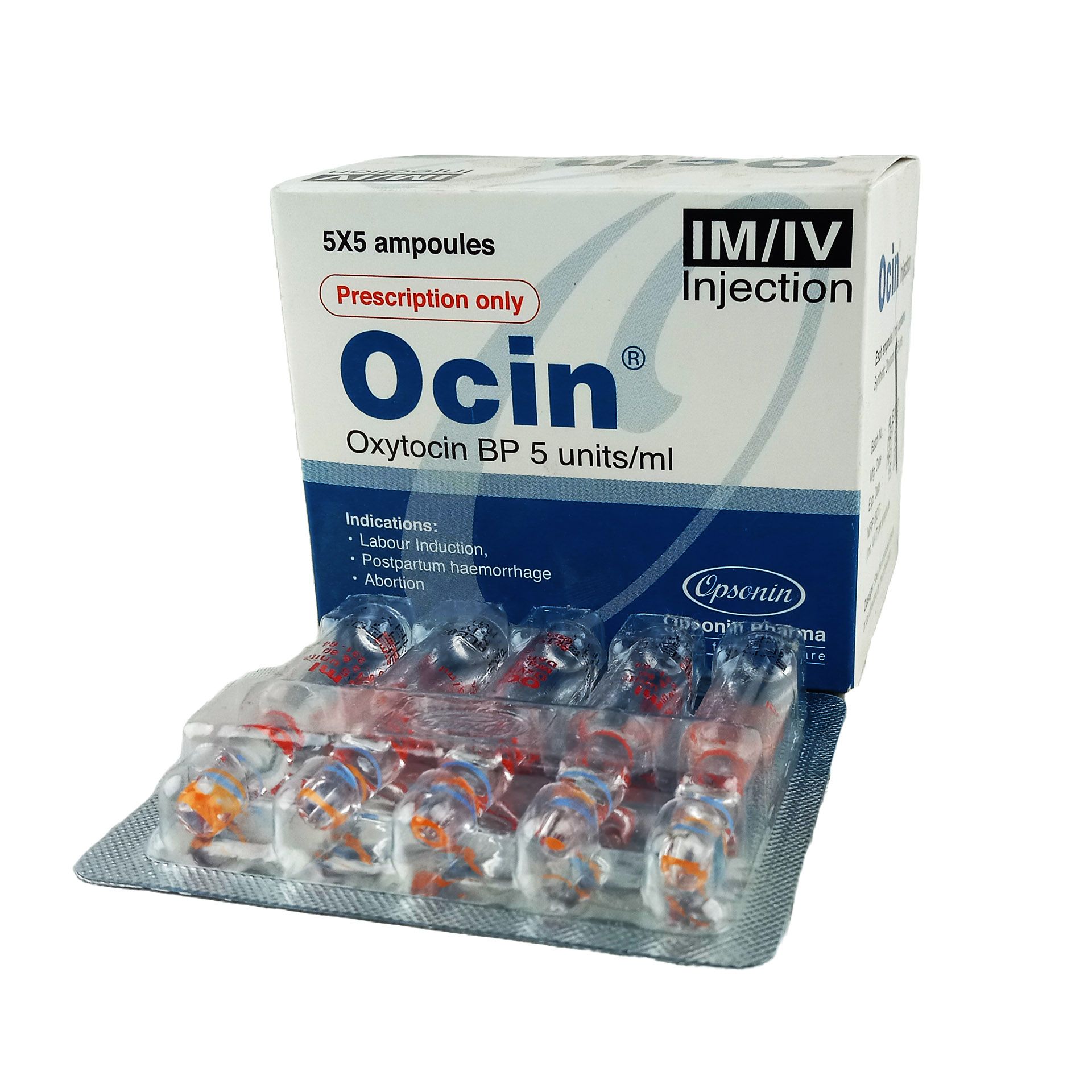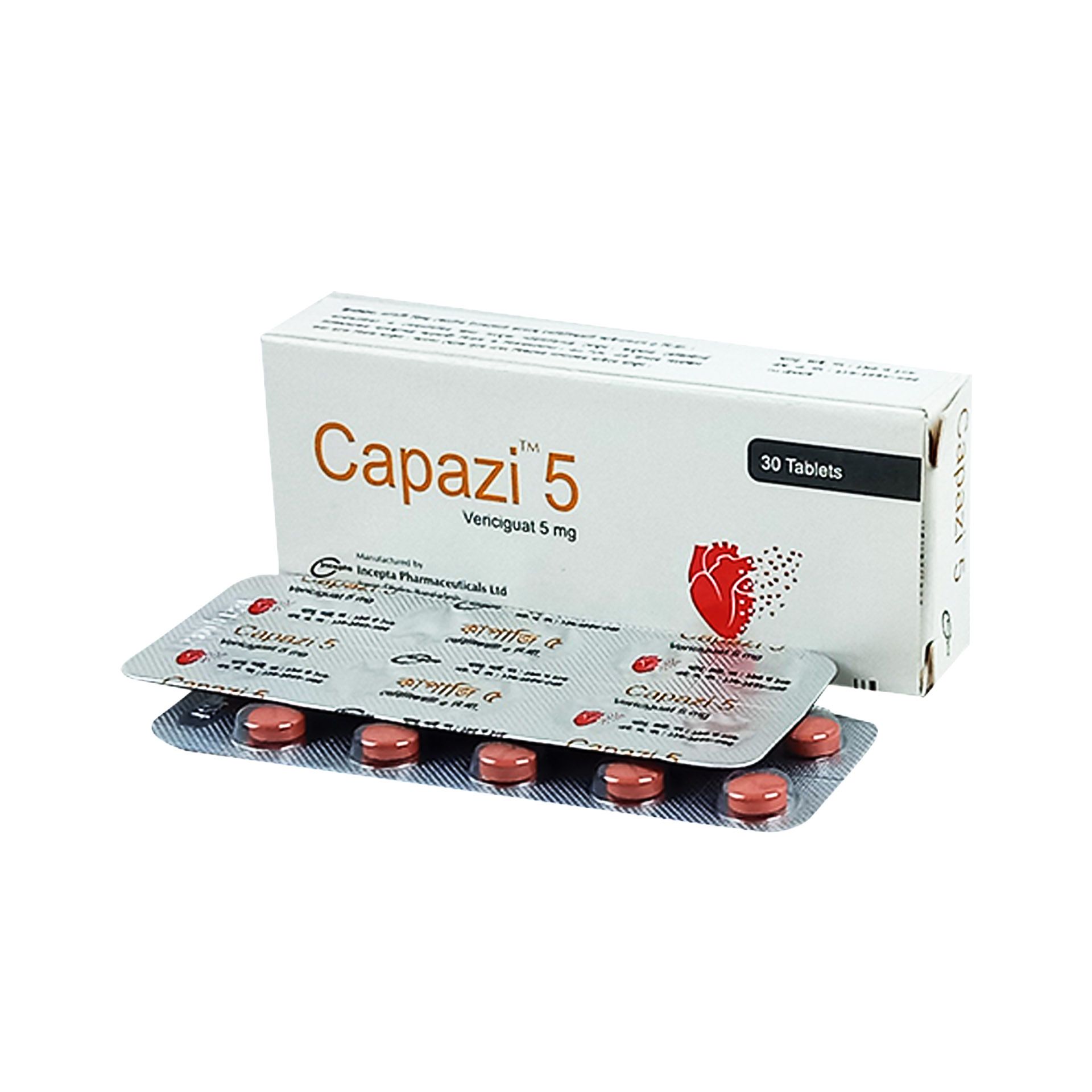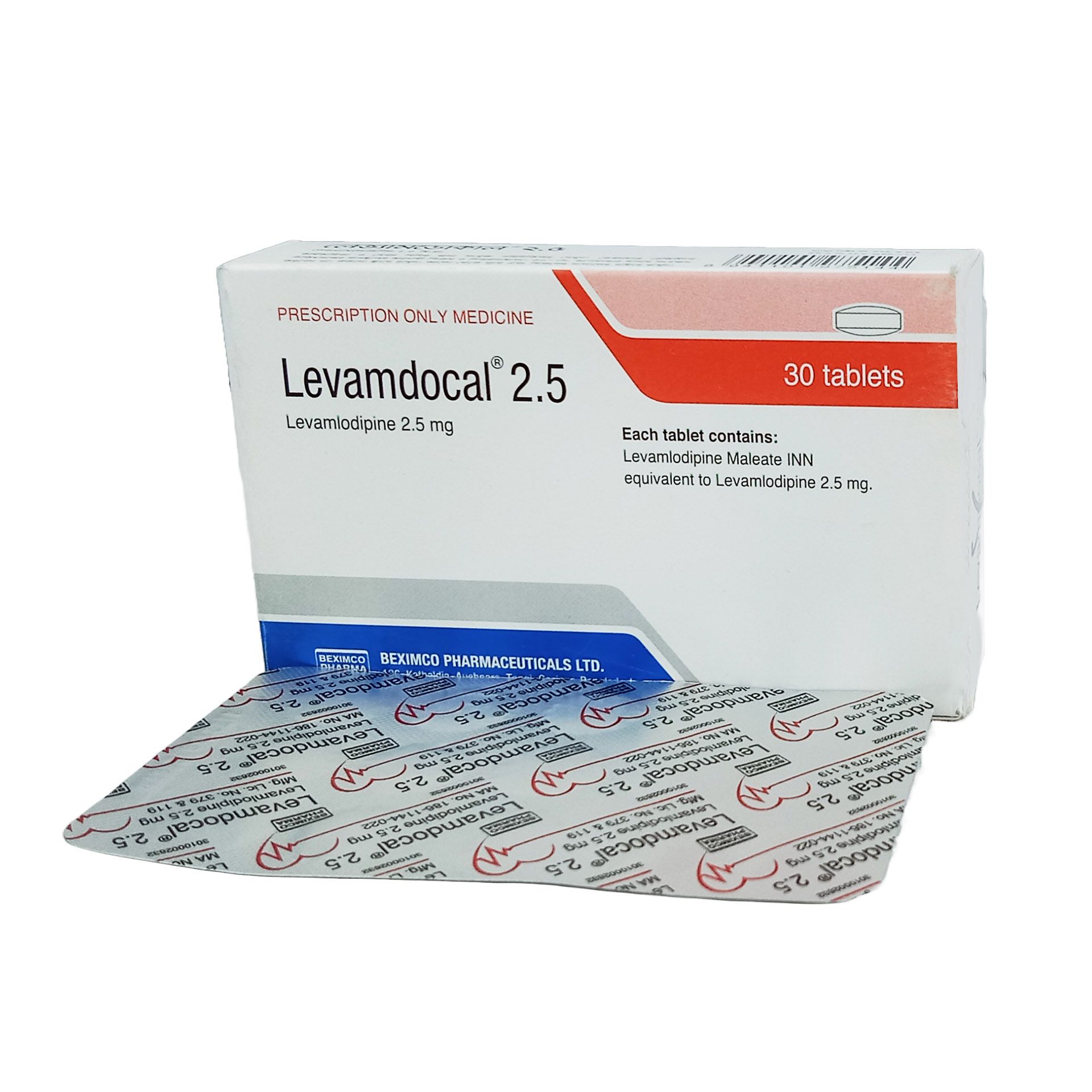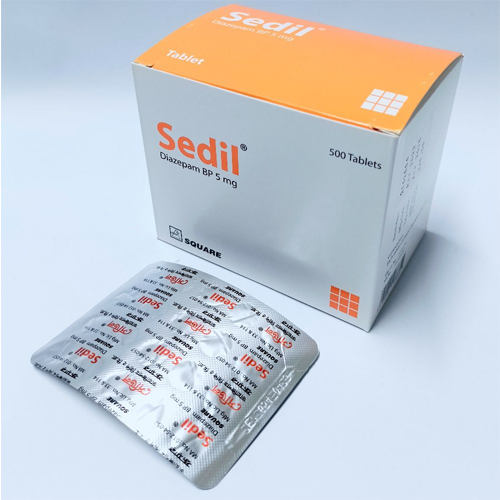

Ocin Injection - (5IU/Ml) - 1 injection
(0
reviews)
Sold by
Ashik Medical
Price
৳13.50
৳15.00
/pc
-10%
Club Point:
1500
Refund
Not Applicable
Share
Top Selling Products
-
৳450.00
৳500.00 -
৳64.00
৳70.00 -
৳36.11
৳40.12 -
৳94.50
৳105.00 -
৳12.42
৳13.80
Reviews & Ratings
0
out of 5.0
(0
reviews)
There have been no reviews for this product yet.
Medicine Overview of Ocin 5IU/ml Injection
Introduction
Ocin is used for the induction of labor. It plays an important role in childbirth as it increases the contraction of the uterus and helps to induce labor in pregnant women. It may also be used to control post-delivery bleeding. Ocin is only used when there is any medical condition that prevents women to produce labor naturally. This medicine is given as an injection under the supervision of a doctor. Your doctor is the best person to decide how much amount should be given depending upon the condition. Hence, follow your doctor's advice while on treatment with this medicine. The most side effects of this medicine include vomiting, headache, and nausea. If these bother you or appear serious, let your doctor know. There may be ways of reducing or preventing them. Before taking this medicine, let your doctor know if you have ever had surgery of the uterus, or cesarean section or have a history of premature labor. Your doctor should also know about all other medicines you are taking as many of these may make this medicine less effective or change the way it works.
Uses of Ocin
- Induction of labour
Side effects of Ocin
Common
- Vomiting
- Headache
- Uterine contractions
- Nausea
How to use Ocin
Your doctor or nurse will give you this medicine. Kindly do not self administer.
How Ocin works
Ocin stimulates the contraction of the uterine muscles during delivery. It also helps to control post-delivery bleeding.
What if you forget to take Ocin?
If you miss a dose of Ocin, take it as soon as possible. However, if it is almost time for your next dose, skip the missed dose and go back to your regular schedule. Do not double the dose.
Quick Tips
- Ocin is a hormone, which is used in induction of labor.
- It is also used to control post-delivery bleeding.
- It is given intravenously (into a vein) or intramuscularly (into the muscle) by a doctor or healthcare provider in a hospital or clinic.
- Ocin may cause temporary uterine contractions for a few days.
- Before receiving Ocin, you should tell your doctor if you have a history of premature labor, surgery of uterus, or caesarean section.
Brief Description
Indication
Postpartum haemorrhage, Labour induction, Abortion, Facilitate lactation
Adult Dose
Intravenous Adult: Postpartum Hemorrhage 10-40 units; not to exceed 40 units; to 1000 mL of nonhydrating IV solution and infuse at necessary rate to control uterine atony Labor Induction 0.5-1 mUnit/min IV, titrate 1-2 mUnit/min q15-60min until contraction pattern reached that is similiar to normal labor (usually 6 mUnits/min); may decrease dose after desired frequency of contraction reached and labor has progressed to 5-6 cm dilation Incomplete or Inevitable Abortion 10-20 mUnit/min IV; not to exceed 30 units/12 hr
Contraindication
Cephalopelvic disproportion; abnormal presentation of the foetus; hydraminios; multiparae; previous caesarian section or other uterine surgery; hyperactive or hypertonic uterus, uterine rupture; contraindicated vaginal delivery (invasive cervical cancer, active genital herpes, prolapse of the cord, cord presentation, total placenta previa or vasa previa); foetal distress where delivery is not imminent; severe pre-eclamptic toxaemia.
Mode of Action
Uterine stimulant, vasopressive, & antidiuretic effects; activates G-protein-coupled receptors that trigger increases in intracellular calcium levels in uterine myofibrils, which results in uterine contractions; increases local prostaglandin production, which further stimulates uterine contraction.
Precaution
CV disorders; >35 yr; lactation. Monitor foetal and maternal heart rate, maternal BP and uterine motility. Monitor fluid intake and output during treatment. Discontinute immediately if the uterus is hypertonic or hyperactive or if there is foetal distress. Use of nasal spray may produce maternal dependence on its effects. IM admin not regularly used due to unpredictable effects of oxytocin. Not to be used for prolonged periods in resistant uterine inertia, severe pre-eclampsia, or severe CV disorders. Risk of water intoxication when used at high doses for prolonged periods. Lactation: May be distributed milk; commencement of nursing should be delayed for at least 1 day when discontinued; use caution
Side Effect
Foetus or neonate: Jaundice; arrhythmias, bradycardia; brain, CNS damage; seizure; retinal haemorrhage; low Apgar score. Mother: transient hypotension, reflex tachycardia; nasal irritation, rhinorrhoea, lachrymation (following nasal admin); uterine bleeding, violent contractions, hypertonicity; spasm; nausea, vomiting. Potentially Fatal: Maternal water intoxication (especially with slow infusion over 24 hr); prolonged uterine contractions causing foetal hypoxia and death; rupture of gravid uterus; afibrinogenaemia; subarachnoid haemorrhage
Interaction
Possible severe hypertension if given within 3-4 hr of vasoconstrictor in association with a caudal block anaesthesia. Cyclopropane anaesthesia may increase risk of hypotension and maternal sinus bradycardia with abnormal AV rhythms. Dinoprostone and misoprostol may increase uterotonic effect of oxytocin, thus oxytocin should not be used within 6 hr after admin of vaginal prostaglandins. Concurrent use may increase the vasopressor effect of sympathomimetics. Potentially Fatal: Concomitant use with prostaglandins increases risk of uterine rupture and cervical lacerations.
Frequently Bought Products
Product Queries (0)
Login Or Registerto submit your questions to seller
Other Questions
No none asked to seller yet
Top Selling Products
-
৳450.00
৳500.00 -
৳64.00
৳70.00 -
৳36.11
৳40.12 -
৳94.50
৳105.00 -
৳12.42
৳13.80








